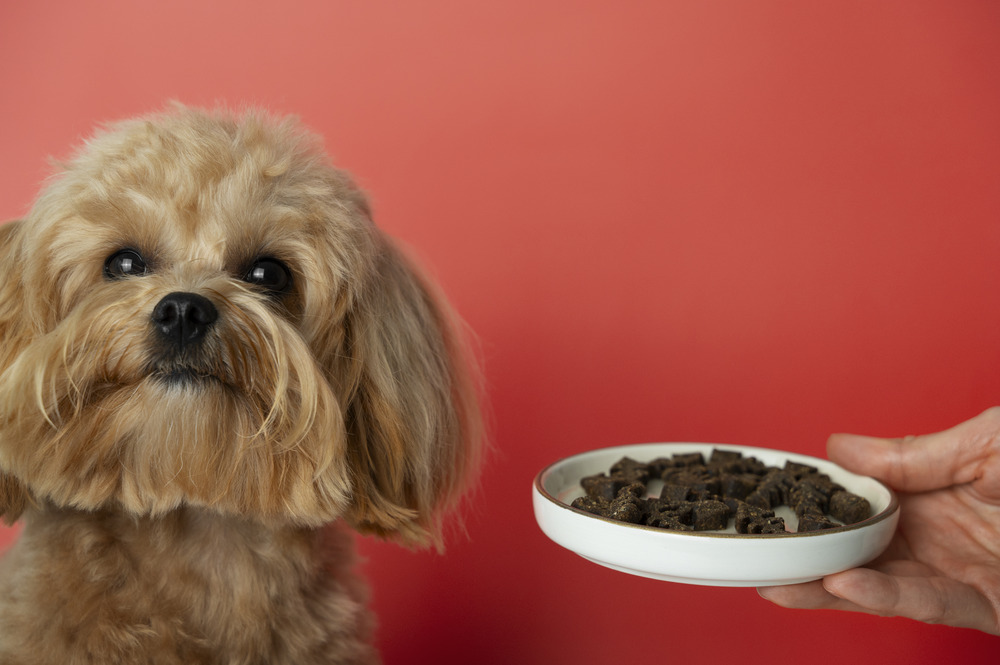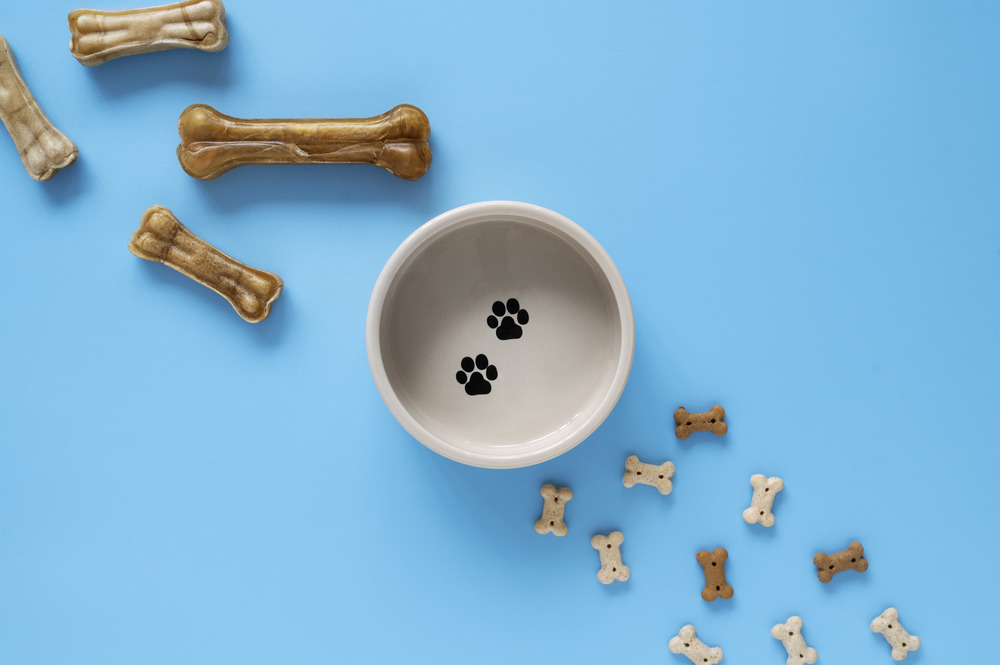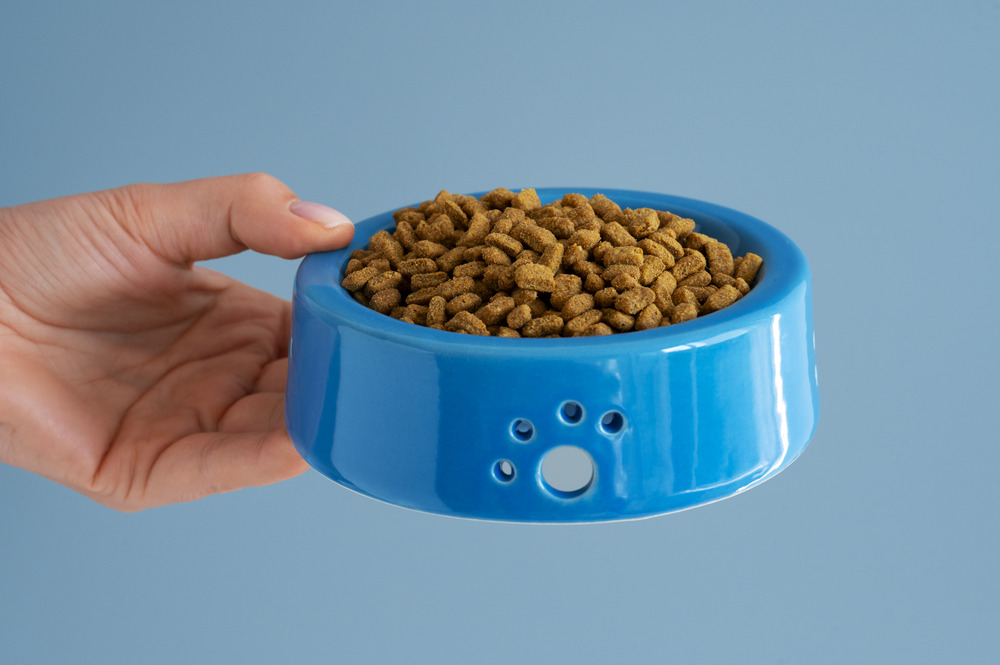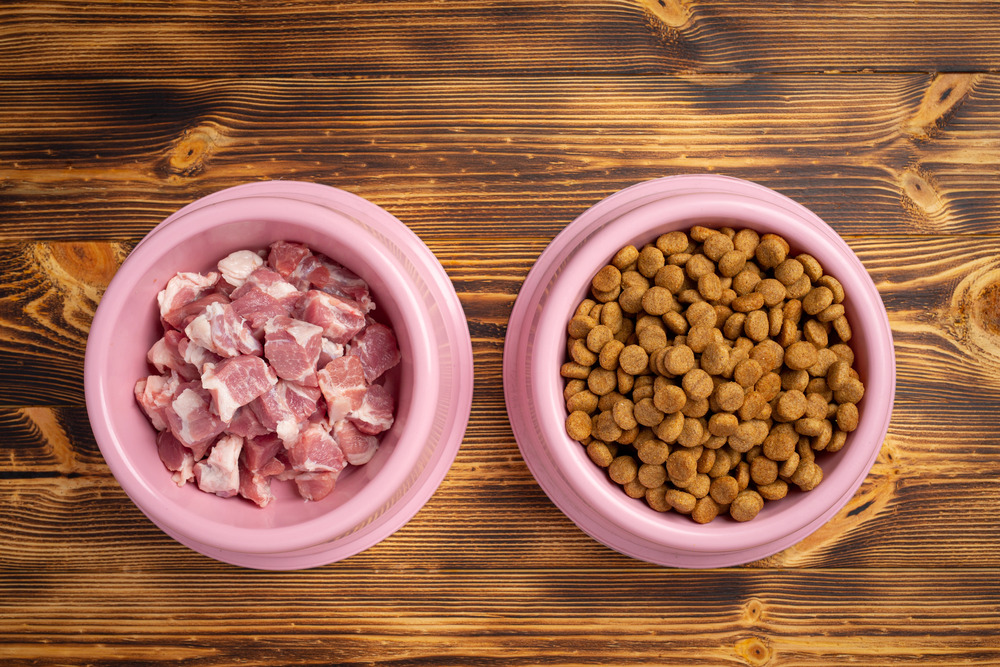When it comes to our furry friends, one size definitely does not fit all. Just like humans, pets have unique nutritional needs based on their breed, age, size, and lifestyle. Understanding these factors can help you create a tailored nutrition plan that keeps your pet healthy and happy. In this blog, we will explore how to customize your pet's nutrition plan, backed by statistics and clear tables, to ensure they receive the best possible care. 🐾

Understanding Breed-Specific Needs
Different breeds have different nutritional requirements. For instance, a Great Dane has vastly different needs compared to a Chihuahua. According to the American Kennel Club, certain breeds are predisposed to specific health issues, which can be managed through proper nutrition. Here’s a breakdown of some common breeds and their nutritional needs:
| Breed | Recommended Daily Calories | Key Nutritional Focus |
|---|---|---|
| Great Dane | 3,000 - 3,500 kcal | Joint health, protein |
| Chihuahua | 200 - 400 kcal | High-energy, small kibble |
| Labrador | 1,000 - 1,500 kcal | Balanced diet, weight control |
| Poodle | 600 - 1,200 kcal | Omega fatty acids, fiber |
| Bulldog | 1,200 - 1,800 kcal | Weight management, hydration |
As you can see, the caloric needs vary significantly between breeds. This is crucial for pet owners to consider when selecting food. For more detailed information on breed-specific diets, you can check out resources like PetMD.
Age and Lifestyle Considerations
Age and lifestyle also play a significant role in determining your pet's nutritional needs. Puppies, adult dogs, and senior dogs all have different requirements. Additionally, an active dog will need more calories than a couch potato. Here’s a table that outlines the nutritional needs based on age and activity level:
| Age Group | Activity Level | Recommended Daily Calories | Nutritional Focus |
|---|---|---|---|
| Puppy | Active | 1,000 - 2,000 kcal | Growth, high protein |
| Adult | Active | 1,500 - 2,500 kcal | Maintenance, balanced diet |
| Senior | Low Activity | 800 - 1,200 kcal | Joint health, lower calories |
| Senior | Active | 1,200 - 1,800 kcal | Weight management, fiber |
Puppies require a diet rich in protein and fat to support their rapid growth, while senior dogs may benefit from lower-calorie diets to prevent obesity. For more insights on pet nutrition, you can visit The Association of American Feed Control Officials.
Customizing Based on Lifestyle
Your pet's lifestyle is another critical factor in customizing their nutrition plan. For example, a working dog will have different energy needs compared to a pet that spends most of its time indoors. Here’s a table that illustrates how lifestyle impacts nutritional needs:
| Lifestyle | Activity Level | Recommended Daily Calories | Nutritional Focus |
|---|---|---|---|
| Indoor Pet | Low Activity | 800 - 1,200 kcal | Weight management, fiber |
| Outdoor Pet | Moderate Activity | 1,200 - 1,800 kcal | Balanced diet, hydration |
| Working Dog | High Activity | 2,000 - 3,000 kcal | High protein, energy-dense |
| Senior Indoor | Low Activity | 600 - 1,000 kcal | Joint health, low calories |
As you can see, the lifestyle of your pet significantly influences their caloric intake and nutritional focus. For instance, working dogs need a diet that supports their high energy expenditure, while indoor pets may require a diet that helps maintain a healthy weight.
Conclusion
Customizing your pet's nutrition plan based on breed, age, and lifestyle is essential for their overall health and well-being. By understanding their unique needs, you can provide a balanced diet that supports their growth, energy levels, and longevity. Remember, it’s always a good idea to consult with your veterinarian when making significant changes to your pet's diet. 🐶❤️
For more tips on pet nutrition and health, you can explore The Pet Nutrition Alliance. Tailoring your pet's diet can lead to a happier, healthier life for your furry companion! 🐕✨




